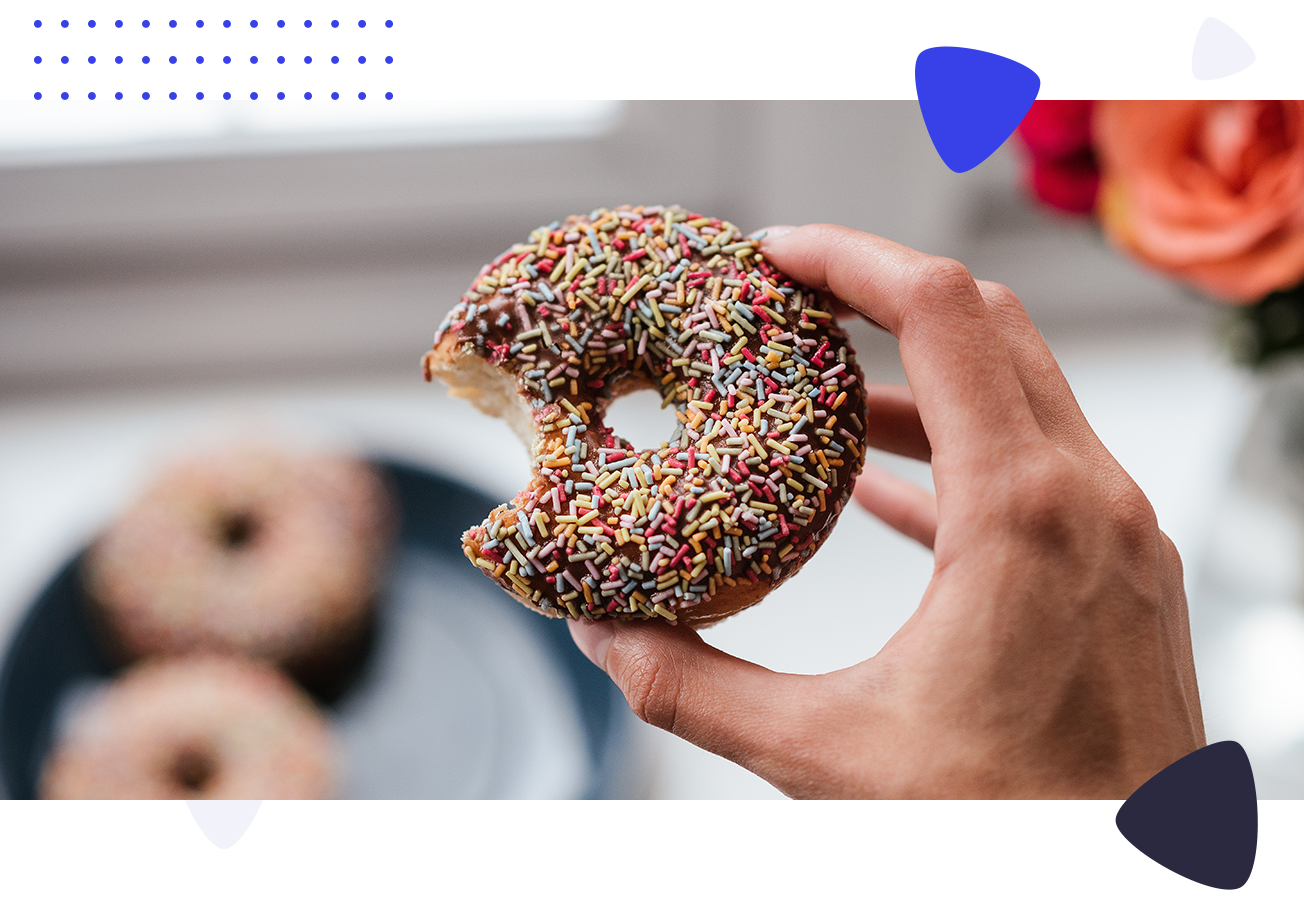Personalisation is not new for the digital industry; although the grassroots of many personalisation campaigns did in fact begin offline. The most prominent example of this has to be the Share a Coke Campaign.
Hailed as ‘one of our most successful marketing campaigns’ of all time, the brand giant’s success derived predominantly from their exploitation of the nations need to free honoured by their long-time commitment to the brand. Although just a printed label, the brand was able to engage with each and every one of their consumers on the personal level that is demanded on today’s market.
The success of personalisation in an offline marketing campaign served as the catalyst to a number of multi-channel personalisation marketing strategies.
Online personalisation has been slower on the uptake, and up until this year has only been seen as a nice to have rather than a ‘need to have’ for many online businesses. According to the
2018 Digital Forecast, “up to 86 percent of customers see personalization as a critical factor when making a purchase” however, its often a lack of understanding of the technologies available by marketeers that has hindered the growth in online personalisation.

Why Use Personalisation?
Done right personalisation can be a powerful means of creating valuable interactions with consumers, which in turn can drive more online conversions by allowing marketers to create a tailored online journey for their consumers. This is particularly rife within the retail industry with users expecting more from their online experiences in order to convince them to spend with that company.
By making use of data such as previous purchases, click history and real time data marketeers are able to drive more tailored messaging to their website users based on their preferences rather than taking a ‘one size fits all’ approach.
It is this tailoring that creates a relationship with a consumer, as you demonstrate their value to you as a business, help make their journey from browse to purchase simpler and shows that you really know them.
This is turn can help increase lead quality, generate more conversions and create a better user experience.

The Future of Personalisation
One of the top digital trends for marketing in 2018 will see digital marketeers adopting highly intelligent personalisation to their sites to generate a more significant level of engagement with their customers. This will include;
Personalising Key Landing Pages
The homepage of any site is the ‘shop window’ into your business. It is there to appeal to all and any users who land on your website in the aim to convert a number into customers. However, this model is fast becoming out of date. If digital marketeers want to keep up to date they will need to start making use of personalisation to create a number of homepages which will appear to a target group of site users rather than the masses.
This helps create more engagement with your brand as you are demonstrating to site users immediately that you are exactly what they are looking for. Want to see it in action? Take a look at this recent campaign documented on
Moz.
Running Targeted Campaigns
Targeted campaigns are nothing new, however, with more comprehensive customer insights marketeers will be able to make use of smaller, more personalised targeted campaigns to help engage with a variety of site users rather than the masses.
Making Use of Marketing Automation
Marketing Automation is a means of getting things in place like better email marketing, improved customer on boarding, retention and renewal sequences as well as using key triggers and on-site actions to drive more tailored messaging to your users.
Lead scoring and lead nurturing are going to be big business and the brands embracing this trend will be the ones seeing success throughout the year.
What does it mean for you?
Consumers no longer see personalisation as a nice to have; they
expect it. Make sure you don’t get left behind by speaking to one of our digital experts to see how we can help you make better use of personalisation on your website.